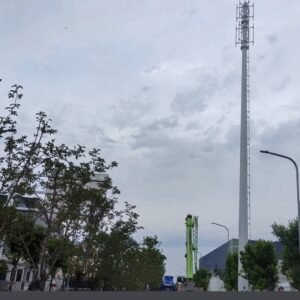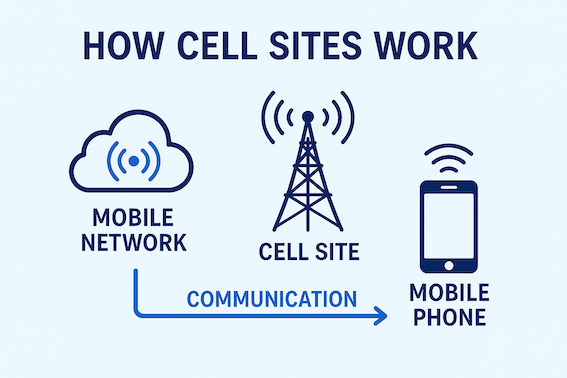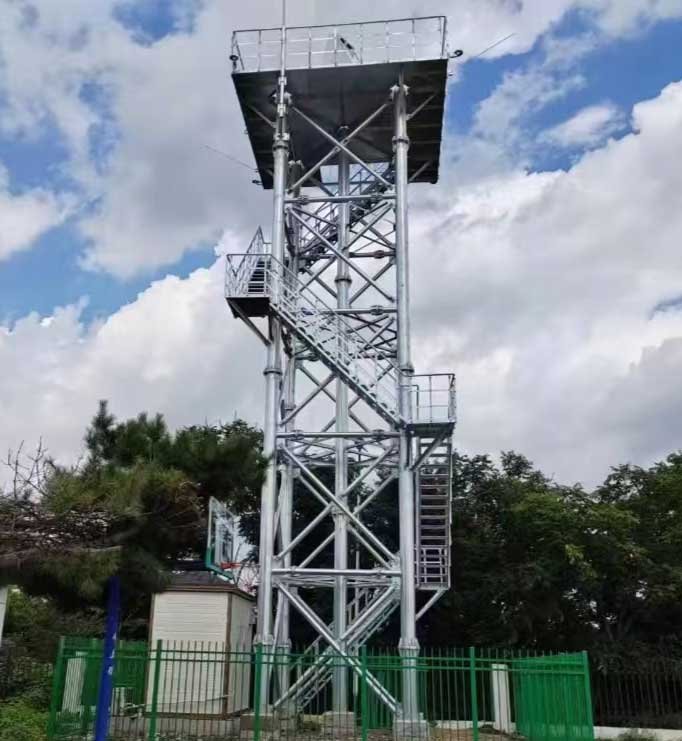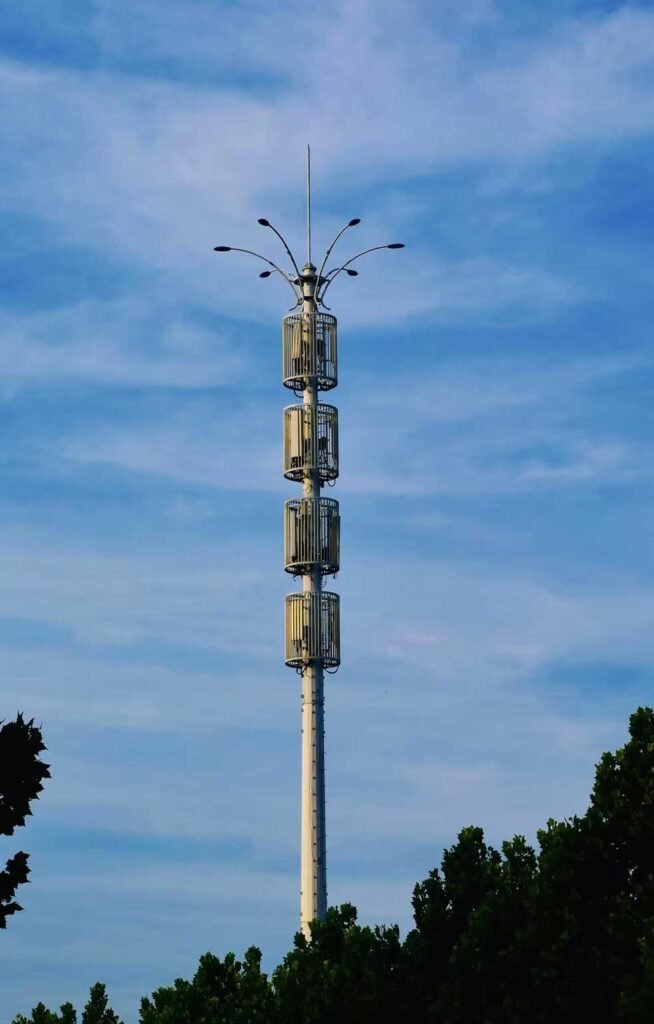Why Cell Sites and Cell Sites Are Crucial to Communication
Introduction: The Backbone of Modern Communication
In the 21st century, mobile communication has become as essential as electricity and water. Behind every phone call, video conference, or social media post are thousands of cell sites—critical infrastructures that keep the digital world running. These sites, which include signal towers, telecom towers, and mobile network towers, form the physical foundation of modern communication. As global mobile data usage skyrockets, understanding their importance is key to building faster and more reliable networks.
For context, the International Telecommunication Union (ITU) reports that mobile data traffic is doubling approximately every two years, making the strategic deployment of cell sites more critical than ever.
What Exactly Is a Cell Site?
A cell site is a designated location that houses antennas, transceivers, and other equipment necessary for wireless communication. These sites enable our phones and IoT devices to connect seamlessly with larger network infrastructure, ensuring fast data transmission and voice clarity.
Components of a Typical Cell Site:
- Antennas: Transmit and receive radio signals.
- Base station equipment: Handles signal processing.
- Backhaul connections: Link the site to the network core.
- Power systems: Keep the site operational, even during outages.
-

Oplus_0
Why Are Cell Sites Crucial for Communication?
1. Reliable Connectivity
A robust network of mobile phone towers ensures calls don’t drop and data-heavy activities like streaming or online gaming run smoothly. Without well-planned sites, users experience coverage gaps and slow connections.
2. Supporting a Data-Driven World
With IoT, remote work, and mobile apps, the demand for data is surging. The Ericsson Mobility Report projects that global mobile data traffic will increase fivefold by 2030, putting immense pressure on cellular tower locations.
3. Emergency Communications
In natural disasters or crises, signal towers provide life-saving communication. They enable first responders, hospitals, and government agencies to coordinate efforts effectively, even in challenging conditions.
The Importance of Cellular Tower Location
Choosing the right cellular tower location is fundamental to maintaining service quality. Factors influencing placement include:
- Population density: More towers are needed in urban areas.
- Topography: Hills and buildings can block signals, requiring careful site planning.
- Interference management: Towers must be positioned to minimize signal overlap.
A well-optimized tower communication network reduces dead zones, increases network capacity, and improves user experience. Studies by the GSMA highlight that optimized tower placement can increase data throughput by up to 30%.
The Evolution of Signal Towers
Signal towers have evolved significantly over the past few decades. From bulky 2G towers to today’s compact, high-capacity 5G small cells, the industry has adapted to support massive growth in connected devices.
- Small cell technology for dense urban environments.
- Energy-efficient systems that reduce operational costs.
- AI-driven monitoring for predictive maintenance and reduced downtime.
Site Optimization: Enhancing Network Efficiency
Site optimization involves upgrading existing cell sites to improve performance, reduce costs, and handle growing data traffic. Strategies include:
- Upgrading antennas for broader coverage.
- Adding additional frequency bands to support more users.
- Integrating AI-based analytics to forecast network load.
The Telecommunications Industry Association (TIA) reports that optimized sites can reduce power consumption by up to 20%, making them critical for sustainable telecom operations.
Network Optimization: The Future of Seamless Connectivity
Network optimization extends beyond individual cell sites. It involves ensuring all mobile network towers work in harmony to provide consistent, high-speed service. Techniques such as dynamic spectrum allocation and beamforming allow networks to handle more devices without compromising speed or quality.
The Federal Communications Commission (FCC) emphasizes that proper site planning and optimization are vital to bridging the digital divide, especially in rural and underserved communities.
Global Trends Driving Cell Site Expansion
- 5G Rollout: Ultra-low latency and higher speeds require more closely spaced cell sites.
- Rural Connectivity: Expanding mobile phone towers to underserved areas ensures equitable access.
- Green Infrastructure: Renewable energy-powered towers reduce carbon footprints, as reported by the International Renewable Energy Agency (IRENA).
- Infrastructure Sharing: Co-location of towers lowers costs and minimizes environmental impact.
Comparison Table: Traditional Towers vs. 5G-Optimized Cell Sites
| Feature | Traditional Towers | 5G-Optimized Cell Sites |
|---|---|---|
| Coverage Area | Wide, fewer towers | Dense, smaller coverage areas |
| Data Capacity | Moderate | High, ultra-fast speeds |
| Energy Efficiency | Lower | Higher, with renewable options |
| Site Optimization Needs | Minimal | Continuous and dynamic |
| Future Readiness | Limited | Supports next-gen technologies |
Frequently Asked Questions (FAQ)
Q1: How many cell sites are needed for reliable coverage?
A: It varies by region, but urban areas require a dense network of cellular tower locations to handle high user demand.
Q2: Can cell sites be relocated?
A: Yes, mobile network towers can be moved or deployed temporarily to cover special events or emergencies.
Q3: Are cell sites safe for nearby residents?
A: According to the World Health Organization, radiofrequency exposure levels remain well below internationally accepted safety limits.
Q4: What’s the difference between a cell site and a telecom tower?
A: A cell site refers to the entire location and its equipment, while a telecom tower is the physical structure supporting antennas.
Q5: What role does site planning play in performance?
A: Effective site planning ensures maximum coverage, reduced interference, and efficient use of network resources.
Conclusion: Why Cell Sites Matter More Than Ever
From enabling everyday communication to powering next-generation technologies, cell sites are indispensable. As data demand continues to rise, strategic site planning, site optimization, and network optimization will determine the quality of our digital lives.
Investments in signal towers, cellular tower locations, and telecom towers will continue shaping a connected world where communication is faster, smarter, and more sustainable.



